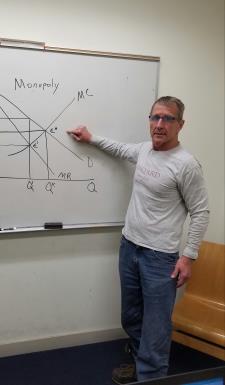
Lenny D. answered • 05/20/19
Financial Professional with many years of Wall Street Experience
I'll make use of a simple example. Suppose you have a 1 year bond with a 10% semiannual coupon and the yield curve is flat at 10% This bond will be priced at par. The yield to maturity on a semiannual basis is 10%. On A 1000 Face value you will get a 50 dollar coupon in 6 months.. If you can reinvest that $50 coupon at 10% then , at the end of 1 year That reinvested coupon will be worth $52.5. You will also get a second coupon for 50$ and you will have the principal of 1,000 repaid as well. you will have $1102.5) This is exactly what you would have if you had the entire 1000 placed in a savings account that paid 10% compounded semiannually.
If rates are only 5% in six months you will have less than if you put the money in an account. If rates are 20 percent you will have more. You won't know your total return on the bond until you have received the principal, the final coupon and the then Current value of the reinvested coupon.. T
The longer the maturity of the bond, and the larger the coupon the greater the reinvestment risk as both increase the amount of total return coming from the coupon stream.
If you have any questions with the finance, bond math, compounding etc. don't hesitate to reach out. Not only was I a professor of Economics but I ran trading desks on Wall Street for many years.



